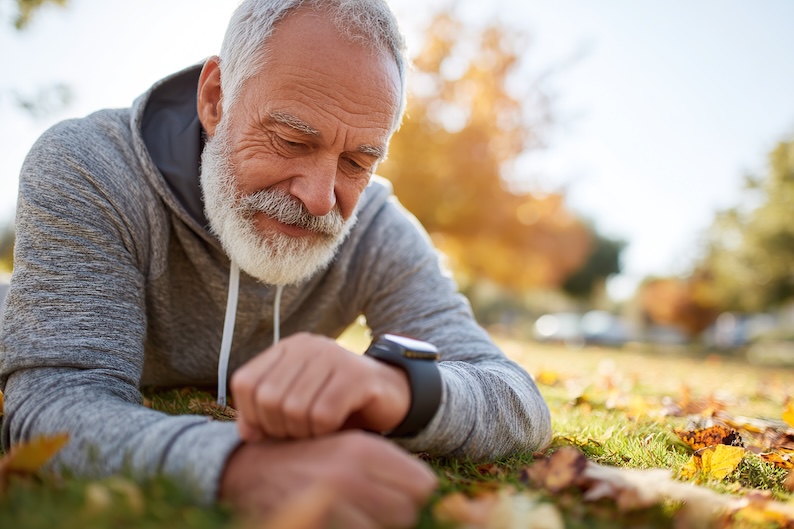There's nothing fun about urinary incontinence. It's stressful, embarrassing, and just downright challenging. Urinary incontinence in older adults can cause you to limit yourself, forcing you to miss out on things you once enjoyed doing, like exercise and working out. In fact, studies have shown that up to 20 percent of women have reported quitting their physical activities due to incontinence. But you don't have to give up activities you enjoy. There are ways to prevent bladder leaks in older adults to keep you dry and comfortable.
Stress Urinary Incontinence
Urinary incontinence becomes increasingly more common with age. It's estimated that one in two women and one in three men have urinary incontinence. The most common form of urinary incontinence is called stress urinary incontinence(SUI). SUI is when you experience bladder leakage as a result of pressure being placed on your bladder, such as during exercise or when you sneeze or cough. This particular incontinence is due to a weak pelvic floor or sphincter muscle.
Over time and due to pregnancy, hormonal changes, age, and genetics, the muscle responsible for keeping your bladder closed can become weakened and lax. This can happen to all ages but is much more common in older adults. And although it is common, it's certainly not pleasant. Fortunately, there are ways you can manage and treat bladder leakage. You don't have to stop doing the things you enjoy just because of urinary incontinence. Here are some tips to prevent bladder leaks in older adults.
Go to the Bathroom Right Before
The goal is to eliminate strain on your bladder, and the best way to do that is to completely empty your bladder. You should use the bathroom immediately (less than five minutes) before you begin any type of physical activity. Don't rush, however. You need to be able to sit and relax so you can void properly.
Pick Bladder-Friendly Activities
Any type of exercise or movement that puts pressure on your bladder or pelvic floor puts you at risk of an accident. If you're prone to springing a leak, pick low-impact activities like walking or yoga. If you're looking for non-exercise activities, try anything that involves sitting and light movement, like reading or arts and crafts.
Watch What You Eat and Drink
If you will be out and about, be conscious of your fluid intake. You don't want to be dehydrated, but you also don't want to drink a lot of caffeinated beverages that will irritate your bladder. Limit your coffee or tea beverages before partaking in exercise or outings. Also, try to avoid spicy or acidic foods prior to engaging in activities. These, too, can irritate the bladder and cause you to go to the bathroom sooner and more often.
Update Your Wardrobe
It may not prevent urinary incontinence in older adults, but wearing black can help cover it up if an accident does occur. There are also several types of incontinence underwear available that help to absorb and protect from urine leakage. Incontinence underwear and liners are no longer bulky and uncomfortable. Many are now thin and discreet, helping to keep you dry and feeling comfortable without feeling embarrassed or ashamed. Just try to avoid those options that are scented or have additives.




